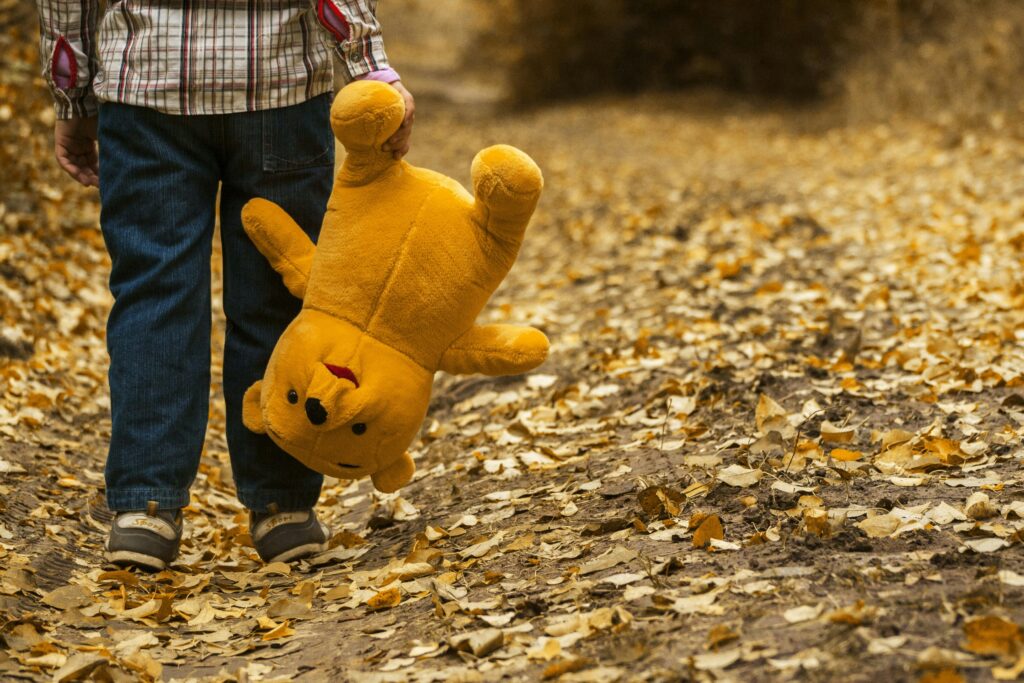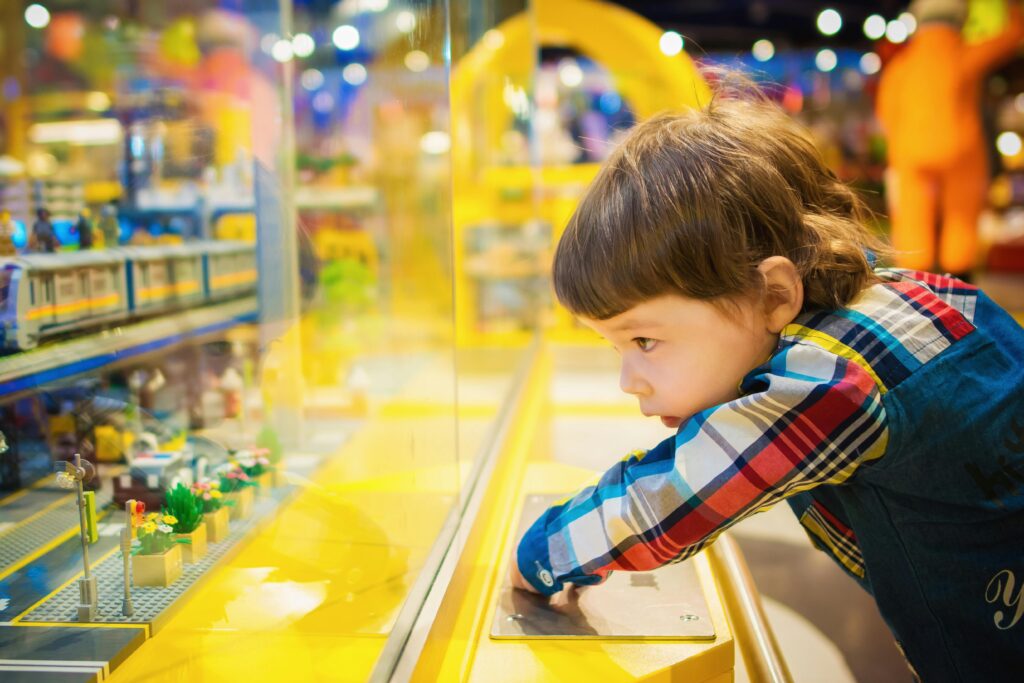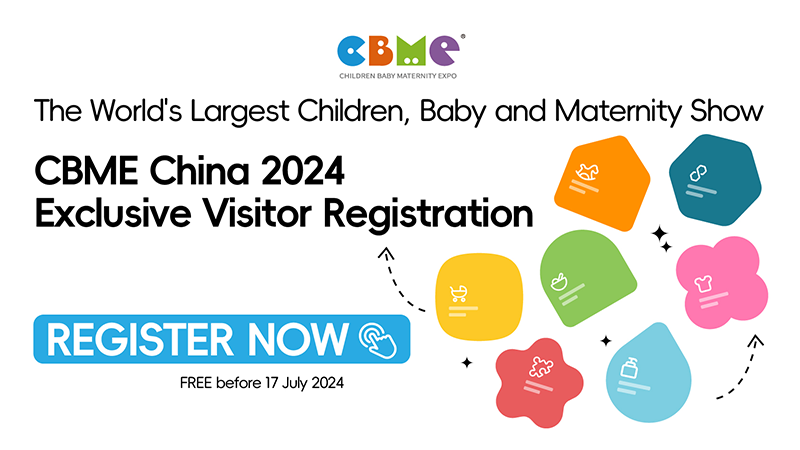As consumer preferences evolve and technology continues to advance, the toy industry is at a critical point of transformation. The question arises: Can MESH toys (Mental, Emotional, and Social Health) stand out and shape the market’s future? With growing interest in wellness and mental health, these toys, which focus on providing emotional and social benefits, have a unique opportunity to capture attention. In this article, we explore the current state of China’s toy market, emerging trends, and opportunities for innovation based on insights shared by Xu Zifan, chairman of LePlay Exhibition Co., Ltd., and Secretary-General of the Zhejiang Province Toy and Maternity & Child Products Association.

The Current State of China’s Toy Market
Recovery and Growth Post-Pandemic
China’s toy market is showing signs of recovery. In Q1 of this year, major domestic toy-listed companies reported increased revenues compared to the previous year. Shifeng Culture, for example, achieved an impressive 23% growth. By examining wholesale market trends, toy bestseller lists across 12 major cities, and e-commerce sales data from platforms like Tmall and JD.com, we can observe a steady increase in toy consumption.
Although the market has yet to see a breakout product with overwhelming demand, there has been consistent performance across various categories, such as plush toys, trading cards, and puzzles. This steady improvement highlights the market’s resilience.
Traditional and Affordable Toys Dominate
Following the pandemic, consumers have adopted a “buy what’s right, not what’s expensive” mentality. As a result, traditional and affordable toys remain mainstream, while high-tech and electronic toys have seen a decline in market share. Across major e-commerce platforms, the top-selling products include classic toys like plush toys, building blocks, and plastic models, with most priced at or below 50 yuan. This shift underscores the market’s demand for cost-effective, simple toys.
Polarization in Pricing
Interestingly, the market has also become polarized. On the one hand, high-end toys, often linked to well-known animation IPs, like Jellycat plush toys and LEGO products, have soared in price, appealing to affluent consumers. On the other hand, the mid-to-low-end market has been flooded with highly affordable products, some priced as low as 3 yuan on platforms like Pinduoduo. This duality reveals two distinct consumer trends: the rise of high-end collectibles and the demand for affordable, everyday toys.

Toy Industry Trends: Innovation and Opportunities
IP Licensing: A Competitive Edge
As competition intensifies, many toy companies are pivoting from domestic to international sales. In this environment, IP licensing has emerged as a key strategy for breaking through the market. By collaborating with popular brands and intellectual properties (IP), toy companies can create co-branded products that resonate with consumers, enhancing their appeal and market penetration.
This approach allows companies to capitalize on established fanbases while building brand loyalty, making IP licensing an effective way to gain a competitive edge in both domestic and global markets.
Breaking Through Age Barriers
Toys are no longer just for children. With the rise of trendy toys for young adults and the development of toys for the elderly, the toy industry is expanding its reach. Companies that traditionally focused on educational toys for children are now exploring the elderly market, incorporating toys into community eldercare centers to provide immersive experiences.
These toys are tailored to the specific needs of older adults, with a focus on cognitive and emotional well-being. As the population ages, the demand for educational and therapeutic toys designed for seniors presents a significant growth opportunity.
Creating Immersive Offline Experiences
One of the most exciting trends in the toy industry is the creation of immersive offline experiences. Retail spaces are being transformed into interactive environments where toys are not only sold but also integrated into entertainment experiences. For example, toys can be used as exchange gifts in shopping malls or serve as part of a value-added service in commercial complexes.
Cross-industry collaborations with bookstores, coffee shops, parent-child hotels, and educational institutions further enhance these immersive experiences. These collaborations create diverse consumption scenarios, turning toy shopping into an engaging, memorable experience for families.
MESH Toys and Their Growing Popularity
MESH toys, which promote Mental, Emotional, and Social Health, have gained traction, particularly among young adults. Examples include cotton dolls, board games, and role-playing murder mystery games. These toys help individuals unwind, de-stress, and bond with friends and family, reflecting the growing emphasis on mental and emotional well-being.
As toy consumption continues to expand into adult demographics, MESH toys are well-positioned to become a dominant trend in the market. By fostering emotional connections and providing social engagement, they offer a unique value proposition in today’s wellness-focused culture.
Embracing AI and Data in Product Development
In the age of big data, toy companies must rethink their approach to product development. By leveraging AI and data analytics, companies can predict market demand, optimize production, and reduce inventory risks. Despite this, many toy companies have been slow to adopt these technologies. However, those that do will gain a competitive edge, as AI-driven insights enable them to create more targeted, successful products.
Conclusion: Opportunities for Future Growth
The toy industry is at a pivotal moment, driven by shifting consumer preferences and technological advancements. MESH toys and other innovative product categories have the potential to lead the market, while opportunities for cross-industry collaboration, immersive experiences, and expansion into senior demographics present new avenues for growth. To succeed, companies must embrace these trends, leverage IP licensing, and incorporate AI to stay ahead of the curve.






